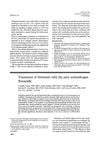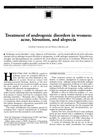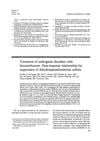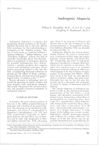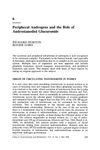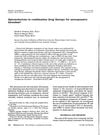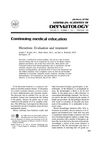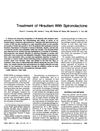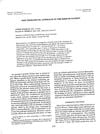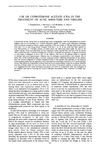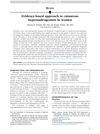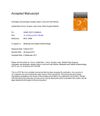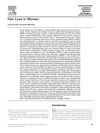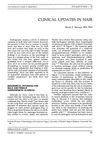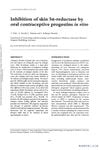Androgenic Disorders of Women: Diagnostic and Therapeutic Decision Making
January 1995
in “
The American Journal of Medicine
”
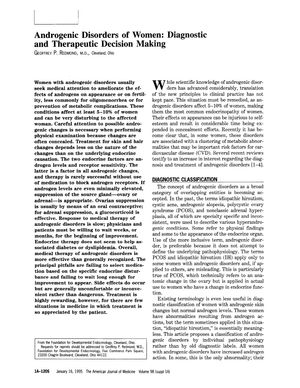
TLDR The document concludes that proper diagnosis and tailored long-term treatment can effectively manage androgenic disorders in women, improving patient care outcomes.
The 1995 document by Geoffrey P. Redmond, M.D., addressed the diagnosis and treatment of androgenic disorders in women, which affect 5-10% of the female population and can lead to changes in appearance, fertility, menstrual regularity, and metabolic complications. It stressed the importance of recognizing androgenic changes, such as acne, hirsutism, or alopecia, during physical examinations and tailoring treatment strategies to the underlying endocrine cause, focusing on androgen levels and receptor sensitivity. Treatments include medications to block androgen receptors, oral contraceptives, glucocorticoids for gland suppression, and antiandrogens like spironolactone, cyproterone acetate, and flutamide, with the latter being limited by hepatotoxicity and cost. The document also discussed the use of finasteride, a 5α-reductase inhibitor, for alopecia and hirsutism, despite teratogenicity concerns. It highlighted that treatment response is slow, often requiring long-term management, and that systemic treatment is not necessary for mild cases. Additionally, it covered the management of metabolic complications, such as diabetes and dyslipidemia, with weight reduction, medication, and dietary therapy to reduce heart disease risk factors. The document concluded that while androgenic disorders present challenges, they also offer the opportunity for rewarding patient care outcomes.

